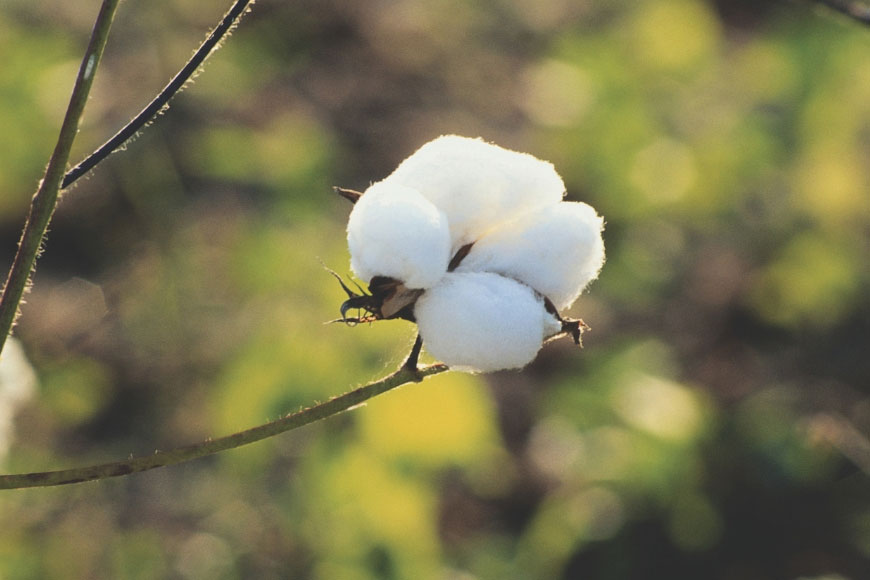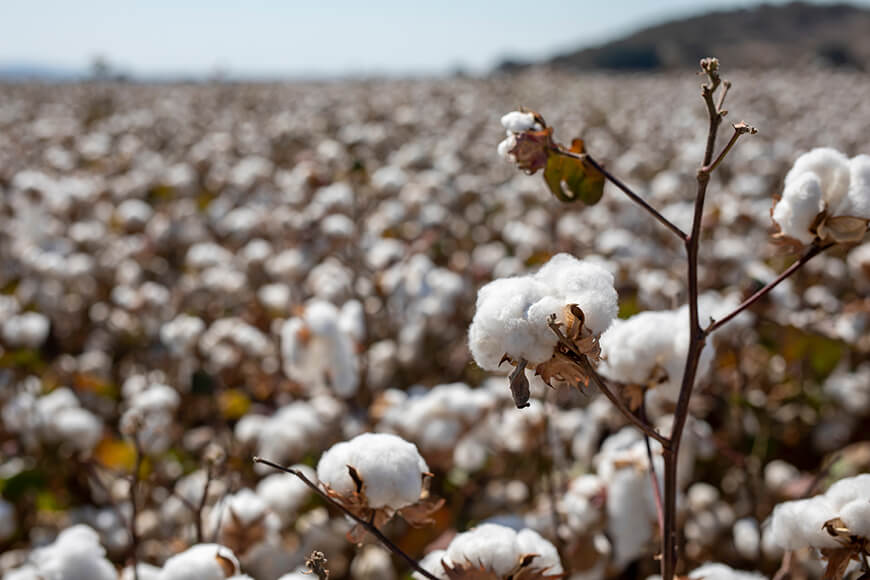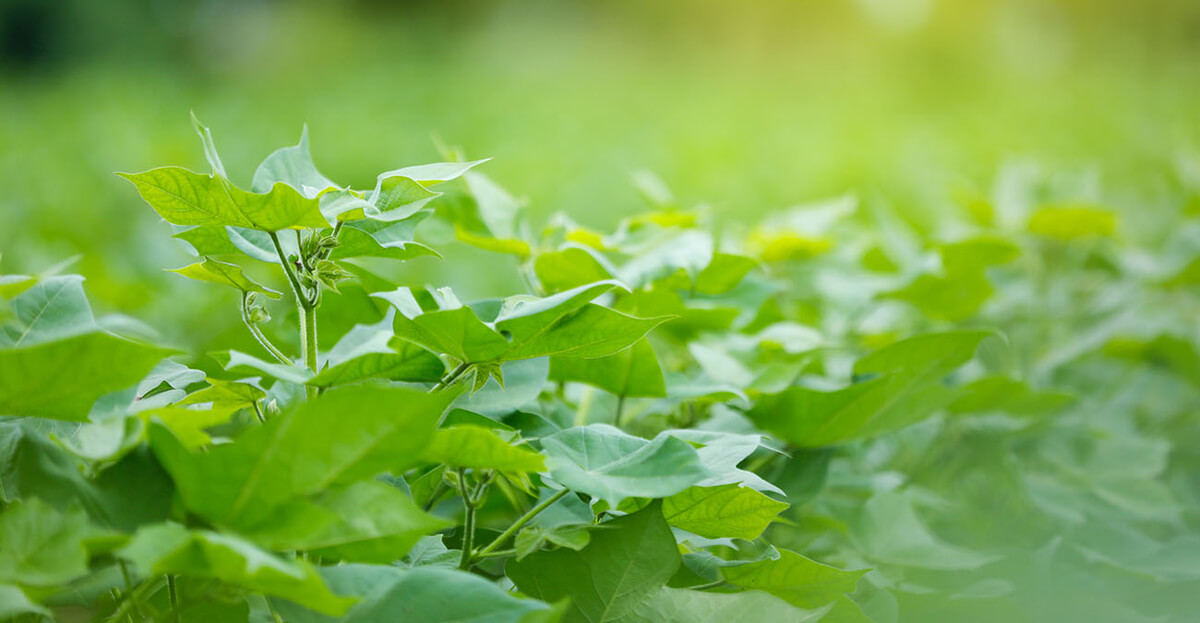We’ve been seeing some disease in corn this season which we originally thought to be Eyespot. However, upon further investigation, the diagnosis is Curvularia Leaf Spot. These two diseases are similar in appearance but, per Dr. Tom Allen, Mississippi State University Extension Plant Pathologist, Eyespot is a cooler weather disease; whereas Curvularia Leaf Spot is a tropical disease and loves hot humid weather.
I took several leaf samples to Dr. Allen and Dr. Tessie Wilkerson at the Plant Pathology Lab at MSU in Stoneville, MS to get confirmation on this disease and others present about two weeks ago. Dr. Allen told me that if we were to see Eyespot it would be earlier in the season and the temperatures would feel like as if it were April. The take-home here is when in question about a disease, take samples to the experts to make sure you know what you’re looking at, how to identify it and what to do if there’s a problem. Keep a hand lens handy when you’re looking at disease out in the field. Any, even more importantly, scout your fields and scout them often.

Are you seeing something similar in your field? Here’s what Dr. Allen has to say about Curvularia Leaf Spot.
“Lesions appear mostly in the upper canopy with gray centers and maroon margins. Normally the area on a leaf infected will be an inch in diameter with several small lesions present. However, in some rare cases the area infected can tend to the majority of a leaf or two. The lesions as a result of Curvularia leaf spot are caused with excessive dew or sporadic rainfall. Over the past five seasons I have observed an increase in this particular disease, but the disease does not occur every year. During 2015 I evaluated corn plots that were sprayed with fungicides since that season there were so many questions about Curvularia leaf spot. Essentially, fungicides were not effective at managing this particular disease, but with that statement the disease did not dramatically increase. In general, what you see now is all you will get with this particular disease. I suspect that some hybrids are more sensitive to this fungus than others. However, it is also likely that the disease is more of an issue in certain areas of fields where the environment is more conducive such as situations where the dew remains on plants or areas of fields are shaded for longer periods of time.”
Chris Ouzts // This email address is being protected from spambots. You need JavaScript enabled to view it.











